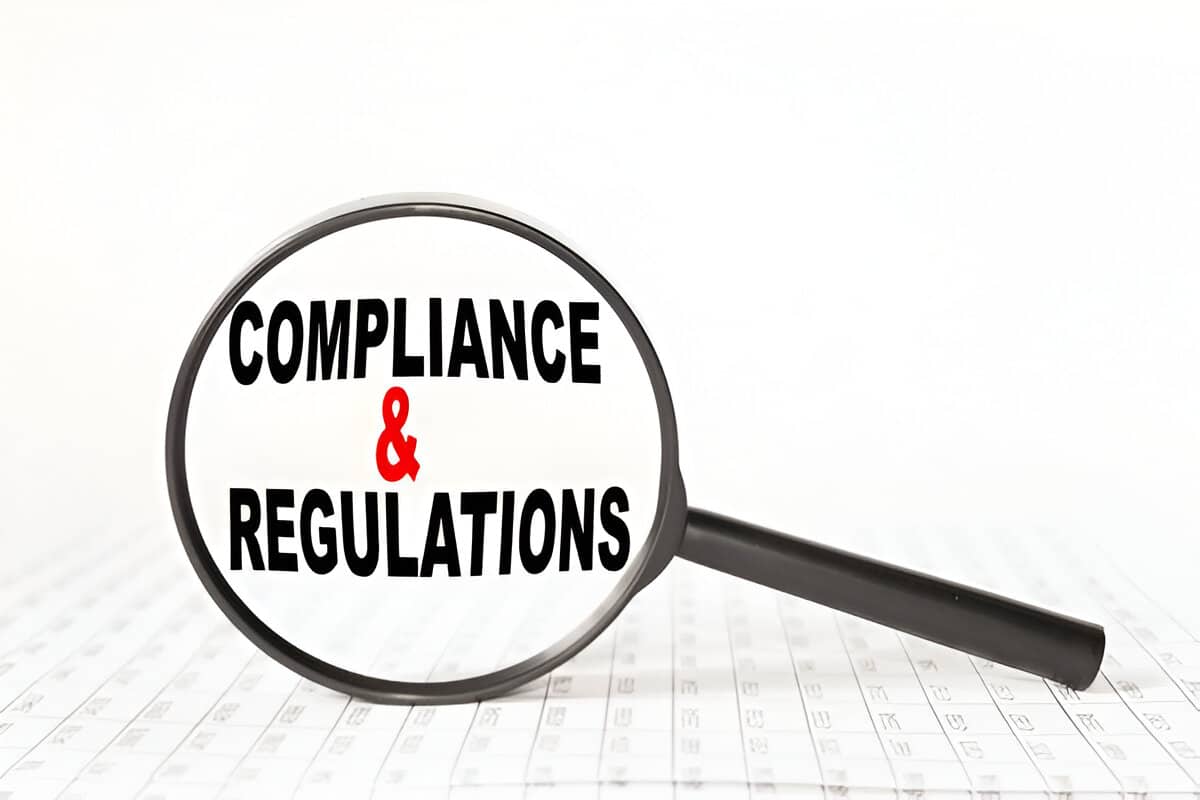Running an e-commerce website requires constant attention to ensure it remains secure, functional, and optimized for conversions. Regular maintenance is key to providing customers with a seamless shopping experience while keeping your business compliant and competitive. Here are ten essential tips to maintain your e-commerce website effectively.
1. Regularly Update Software and Plugins
Ensure that your website’s CMS, themes, and plugins are up to date. This helps protect against security vulnerabilities and ensures smooth performance.
2. Optimize Website Speed
A slow-loading website can drive potential customers away. Use tools like Google PageSpeed Insights to analyze and optimize loading times by compressing images, enabling caching, and minimizing unnecessary scripts.
3. Monitor Website Security
Protect your website from cyber threats by implementing SSL certificates, firewalls, and regular malware scans. Use security plugins and two-factor authentication (2FA) to enhance protection.
4. Conduct Regular Backups
Set up automatic backups to safeguard your website data in case of server failures, hacking attempts, or accidental deletions. Services like UpdraftPlus or Jetpack can simplify this process.
5. Check for Broken Links
Broken links can negatively impact user experience and SEO rankings. Use tools like Broken Link Checker or Screaming Frog to identify and fix broken links.
6. Update Product Listings and Inventory
Regularly review and update product descriptions, prices, and availability to provide accurate information to customers. Outdated listings can lead to lost sales and reduced customer trust.
7. Improve Mobile Responsiveness
Ensure your website is mobile-friendly and functions seamlessly across various devices. Google’s Mobile-Friendly Test can help identify areas for improvement.
8. Test the Checkout Process
Regularly perform test purchases to identify any glitches in your checkout process. Simplify navigation, remove unnecessary steps, and offer multiple payment options to enhance user experience.
9. Review Analytics and Performance Metrics
Track website traffic, user behavior, and conversion rates using tools like Google Analytics. Use this data to refine your marketing strategies and improve customer engagement.
10. Keep Legal and Policy Pages Updated
Ensure your privacy policy, terms of service, refund policy, and shipping details are always up to date. Compliance with consumer protection laws is crucial for maintaining trust and avoiding legal issues.
Final Thoughts
Maintaining an e-commerce website is an ongoing process that requires attention to detail. By following these ten essential maintenance tips, you can improve website performance, enhance security, and provide an optimal shopping experience for your customers. Stay proactive, and your e-commerce business will thrive!


